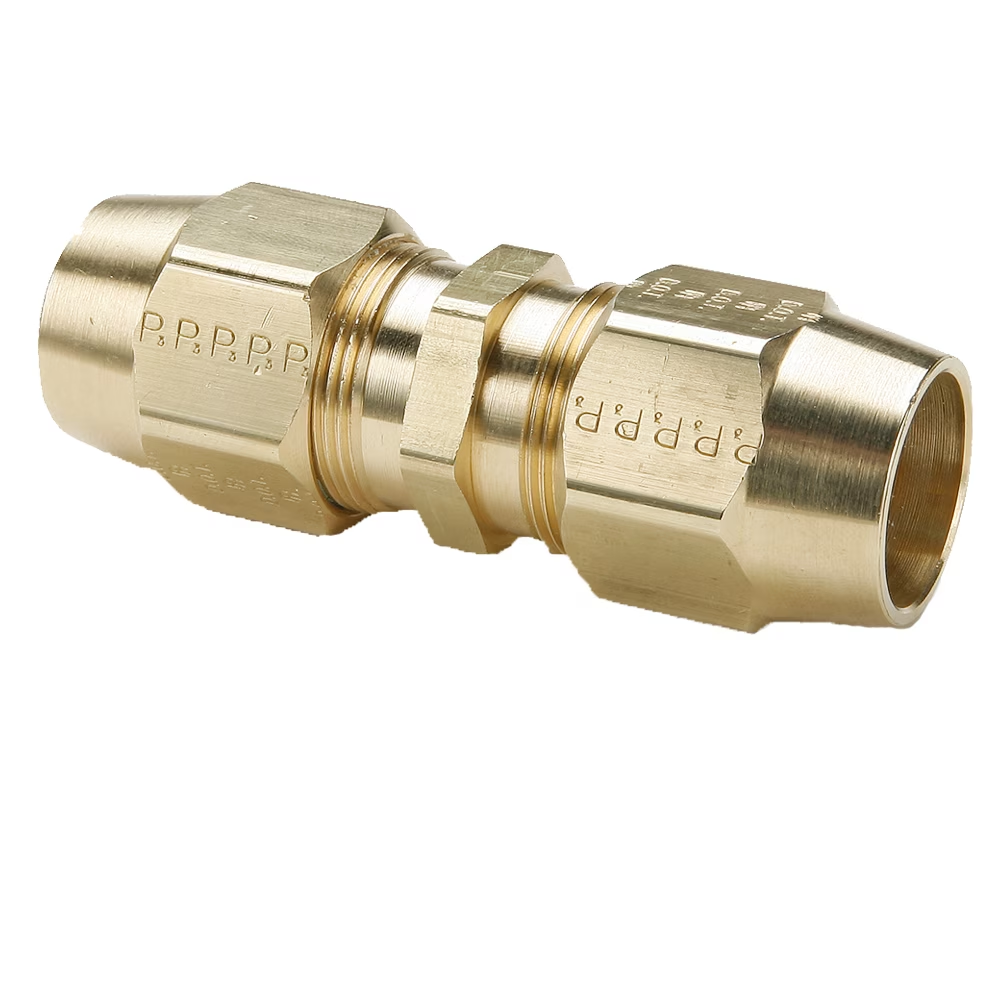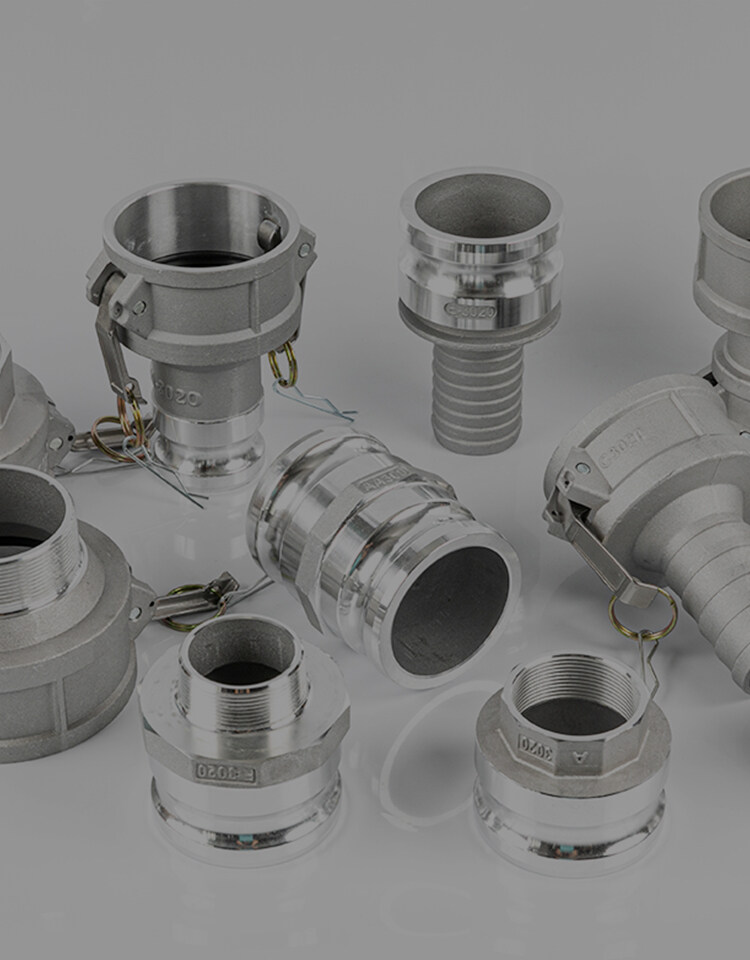Erreur de format d'e-mail
emailCannotEmpty
emailDoesExist
pwdLetterLimtTip
inconsistentPwd
pwdLetterLimtTip
inconsistentPwd

Nouvelles
Ici, vous pouvez décrire un morceau de texte que vous souhaitez exprimer

Unlocking the Power of Air Compressor Quick Connect Hose Couplers: Your Ultimate Guide
In the realm of pneumatic tools and air compressor systems, the air compressor quick connect hose coupler is a game-changer. This seemingly modest component is crucial for a streamlined and effective air system, offering a quick and easy method to switch between tools and maintain a steady workflow. Whether you’re a professional contractor, a mechanic, or a DIY enthusiast, understanding the ins and outs of air compressor quick connect hose couplers can save you time and prevent frustration. This guide will take you through everything you need to know about these couplers, from their basic function to selecting the right one, and even how to maintain them for years of reliable service.
The Basics of Air Compressor Quick Connect Hose Couplers
Understanding the Role of Quick Connect Hose Couplers
An air compressor quick connect hose coupler is a connector that allows you to swiftly attach and detach air hoses from an air compressor or pneumatic tool. The beauty of a quick connect system lies in its simplicity and speed. With a simple push or pull, you can connect your air hose to tools, blowguns, or air lines, making the transition between tasks seamless and efficient. This not only saves time but also reduces wear on threads and minimizes the risk of leaks.
The Anatomy of a Hose Coupler
At its core, a quick connect hose coupler consists of a plug and a socket. The plug, also known as a male fitting, inserts into the socket or female fitting. These components are designed with a locking mechanism that can include a ball bearing, a pin, or a sleeve that snaps into place to secure the connection. When connected, the air flows freely through the coupler, allowing your tools to operate at full capacity. To disconnect, a simple release mechanism is engaged, which separates the plug from the socket without the need for tools or significant force.
Types of Air Compressor Quick Connect Hose Couplers
Standard Couplers vs. Safety Couplers
There are two primary types of quick connect hose couplers: standard and safety. Standard couplers are the most common and are known for their ease of use. However, they may not have features that prevent accidental disconnection, which can be a safety hazard. Safety couplers, on the other hand, include additional mechanisms that require a deliberate action to disconnect, reducing the risk of unintentional disengagement and potential injury or damage.
Material Matters: Choosing the Right Coupler
Quick connect hose couplers are made from various materials, each with its own set of advantages. Brass couplers are resistant to corrosion and are suitable for a wide range of temperatures, making them a versatile choice for many applications. Steel couplers are known for their strength and durability, ideal for industrial environments where they may be exposed to rough handling. Plastic couplers are lightweight and economical but may not withstand the same level of abuse as metal options. When selecting a coupler, consider the environment in which it will be used and the demands of your specific application.
How to Choose the Right Air Compressor Quick Connect Hose Coupler?
Compatibility Is Key
When selecting an air compressor quick connect hose coupler, the first consideration should always be compatibility. The coupler must fit both the air hose and the pneumatic tool or air compressor. There are various types of thread designs and sizes, such as NPT (National Pipe Thread) in North America or BSP (British Standard Pipe) in other parts of the world. It’s crucial to match these threads correctly to avoid leaks or damage to your equipment. Additionally, the coupler’s design must allow for a secure connection without restricting airflow.
Pressure Ratings and Flow Requirements
The pressure rating of your quick connect hose coupler should meet or exceed the maximum pressure of your air compressor. Using a coupler with a lower pressure rating can be dangerous and may lead to failure under stress. Similarly, the coupler should support the required airflow for your tools to function effectively. A coupler that is too small can restrict airflow, reducing the efficiency and performance of your pneumatic tools.
Installation and Usage Tips
Step-by-Step Guide to Installing Your Hose Coupler
Proper installation of your air compressor quick connect hose coupler is essential for safety and performance. Here’s a step-by-step guide:
Ensure that the air compressor is turned off and fully depressurized.
Clean the threads on both the air hose and the tool or compressor to remove any debris.
Apply thread sealant or Teflon tape to the male threads to prevent leaks.
Carefully thread the coupler onto the hose or tool, making sure not to cross-thread.
Tighten the coupler by hand until snug, then use a wrench to secure it, being careful not to over-tighten and strip the threads.
Best Practices for Using Air Hose Quick Connect Couplers
To maximize the lifespan and functionality of your air hose quick connect couplers, follow these best practices:
Always inspect the coupler for damage or wear before use.
Connect and disconnect the coupler by holding it at the sleeve, not the hose, to prevent stress on the hose.
Keep the coupler clean and free of debris to ensure a tight seal.
Lubricate the coupler regularly with a few drops of air tool oil to keep the mechanism smooth.
Enhancing Your Air System with Accessories
The Role of Air Fitting Adapters
Air fitting adapters can be invaluable when you have tools with different connection types or when you need to connect hoses of different diameters. They act as a bridge between incompatible components, ensuring a secure and leak-free connection. When selecting adapters, consider the material, pressure rating, and thread type to ensure they are appropriate for your system.
Building a Custom Quick Connect Air Coupler Kit
Creating a custom quick connect air coupler kit can provide you with all the necessary components for a versatile and adaptable air system. Your kit might include a variety of coupler sizes, safety couplers, standard couplers, plugs, and adapters. By having a comprehensive kit, you can easily handle any connection scenario you encounter in your work.
Maintenance and Troubleshooting
Routine Maintenance for Longevity
Regular maintenance of your air compressor quick connect hose couplers can significantly extend their life. This includes:
Periodically checking for and replacing worn O-rings and seals.
Cleaning the couplers with a solvent to remove oil, dirt, and grime.
Inspecting the locking mechanism for proper function.
Tightening any loose components.
Common Issues and How to Solve Them
Even with proper maintenance, you may encounter issues with your couplers. Here are some common problems and their solutions:
Leaks: Check for damaged seals or loose connections. Replace seals or tighten the coupler as needed.
Stuck Couplers: Apply lubricant to the mechanism. If corrosion is present, use a solvent to clean the coupler before attempting to disconnect it.
Airflow Restrictions: Ensure there are no blockages in the coupler. If the coupler is too small for the tool’s requirements, replace it with one that has a higher flow capacity.

Conclusion
Air compressor quick connect hose couplers are the unsung heroes of pneumatic systems, offering convenience and efficiency. By understanding their function, selecting the right type, and maintaining them properly, you can ensure a safe and productive work environment. Whether you’re a seasoned professional or a hobbyist, investing time in choosing and caring for your couplers will pay off in the long run with reliable performance and fewer interruptions to your workflow.

